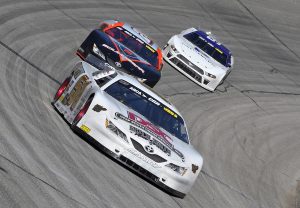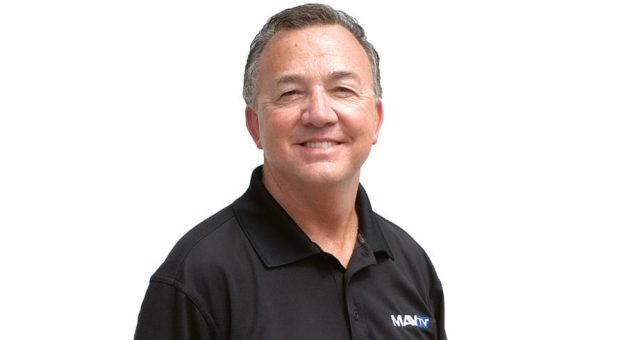INDIANAPOLIS – The recent news of the resurrection of the legendary American Speed Ass’n brand is good. A national series under the ASA banner is a crucial step toward rebuilding short-track, stock car racing on pavement, a key element in the formation of a brand identity.
This is the result of a ton of work and planning by Bob Sargent of Track Enterprises and a number of others. Sargent — a dogged, determined man by nature — has spent the past couple of years acquiring the parts and pieces to bring pavement stock car racing back together as one national touring series. The icing on the cake was negotiating the use of the ASA brand.
ASA was the pinnacle of pavement short-track, stock car racing — originally and still known as late models — from 1973 to 2002. Founded by Rex and Becky Robbins, the series earned a huge following through the years, and some — yours truly included — consider ASA one of the greatest racing series in history.

The Robbins family sold ASA in January 2003 and the series died a quick and untimely death.
The new ASA STARS series has lots of people excited, as it should. A 10-race schedule has been announced, kicking off at Florida’s Five Flags Speedway on March 11. A $100,000 points fund is in place, and the tour includes iconic events such as the Anderson 400, Winchester 400 and the All American 400 at Nashville Fairgrounds Speedway.
All of this has me thinking: What will the new series look like?
The original ASA changed greatly as the years came and went. In the early years it was a small, informal, grassroots entity. As time went on it grew stronger and more refined. In the latter years it was bigger, shinier and backed by major corporate entities such as ACDelco and BFGoodrich.
My guess is that the new ASA will look something like ASA in the 1980s — grassroots and smaller with a significant potential for growth. This is a good thing, because it’s important that the series begin by focusing on sustainability and then grow into something more significant.
Keep in mind that by the 2000 season ASA was receiving $42,500 per race in television rights fees (TNN and David Hall, oh how we miss thee). ASA’s cash flow also included a significant amount of money from BFGoodrich and other sponsors. That kind of funding is extremely difficult to find in today’s environment, even accounting for streaming revenue.
So, like all things, the new ASA will have to live within its means. If you listen to the wisdom of Rex Robbins, this is one of the most important lessons he gleaned from 30-plus years of operating a racing series.
What the new ASA will most want to do is create a community. If they can infuse entities — competitors, tracks, sponsors and fans — with enthusiasm and the desire to be a part of something larger than any one individual entity, the opportunity is there to build something special. And enduring.
It’s easy to get lost in the nostalgia of the original ASA. The years of Bob Senneker, Mike Eddy, Dick Trickle, Gary St. Amant, et al, were wonderful to say the least. When ASA came to town, it felt like the spotlight of the entire racing world was upon you.
Here’s a beautiful thing: This isn’t just nostalgia. That feeling could happen again, today. If the racing is good, the sky is the limit. Personalities and rivalries could be fleshed out and a new following of race fans can be earned.
The original ASA thrived for one simple reason: It was highly entertaining. The combination of competitive racing and compelling personalities grabbed the interest of two generations of racing people, and there was genuine enthusiasm at every event.
Good entertainment never goes out of style. For emphasis, let’s say that again: Good entertainment never goes out of style. Whether it’s 1973, 1993 or 2023, people are looking to be entertained.
The new ASA will face challenges, for sure. These are challenging times, after all. Nothing comes easily. But at the moment there is a genuine sense of excitement at the rebirth of something memorable and special.
Viva la ASA! May it live forever.
This story appeared in the Jan. 18 edition of the SPEED SPORT Insider.

